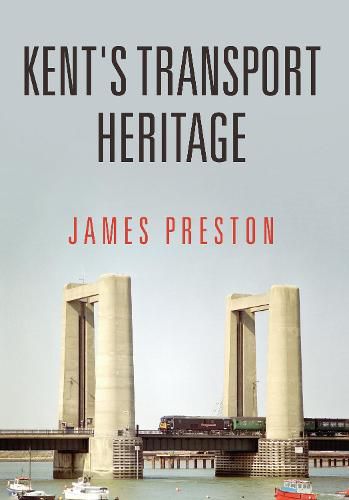Readings Newsletter
Become a Readings Member to make your shopping experience even easier.
Sign in or sign up for free!
You’re not far away from qualifying for FREE standard shipping within Australia
You’ve qualified for FREE standard shipping within Australia
The cart is loading…






Kent is strategically located, lying on the approach to London and being the shortest route to and from continental Europe. As a result the evolution of its means of transport has left its mark. Roads were turnpiked in the eighteenth century, creating toll houses, coaching inns, milestones and bridges, while the motor car age saw the rise of filling stations. Kent claims the world’s first all-steam-powered railway. After the railways spread their network of main lines and branch lines they left a legacy of stations, signal boxes and goods sheds, as well as traces where redundant lines have been lifted. Waterborne transport has also made its mark in the form of canals, cuts, locks and bridges, along with sea ports, docks and wharves. Into the twentieth century new forms of transport such as aircraft led to the building of airports - and hoverports, which came but have largely departed.
Kent’s Transport Heritage outlines the changes taking place in these various aspects of transport and illustrates what remains extant.
$9.00 standard shipping within Australia
FREE standard shipping within Australia for orders over $100.00
Express & International shipping calculated at checkout
Kent is strategically located, lying on the approach to London and being the shortest route to and from continental Europe. As a result the evolution of its means of transport has left its mark. Roads were turnpiked in the eighteenth century, creating toll houses, coaching inns, milestones and bridges, while the motor car age saw the rise of filling stations. Kent claims the world’s first all-steam-powered railway. After the railways spread their network of main lines and branch lines they left a legacy of stations, signal boxes and goods sheds, as well as traces where redundant lines have been lifted. Waterborne transport has also made its mark in the form of canals, cuts, locks and bridges, along with sea ports, docks and wharves. Into the twentieth century new forms of transport such as aircraft led to the building of airports - and hoverports, which came but have largely departed.
Kent’s Transport Heritage outlines the changes taking place in these various aspects of transport and illustrates what remains extant.